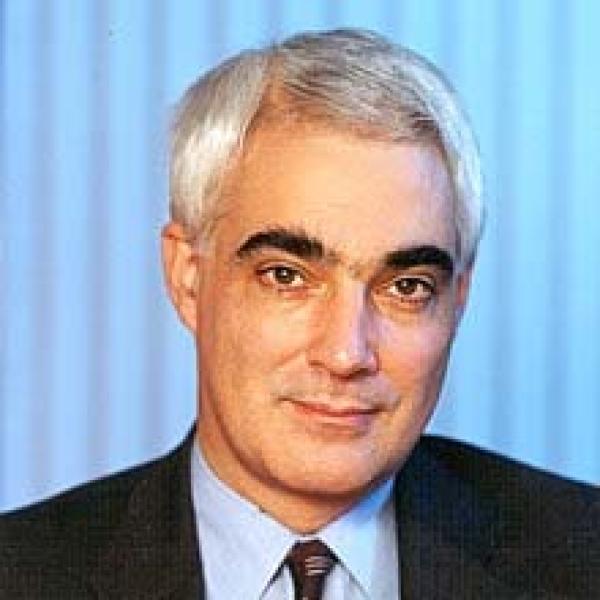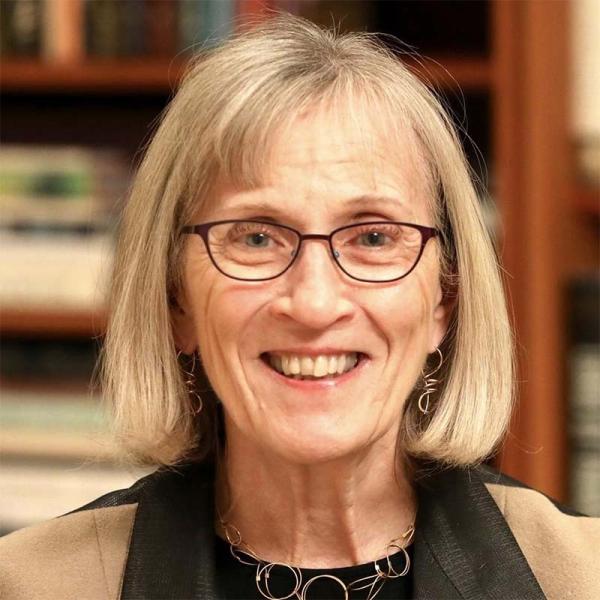The last decade saw substantial reforms to the UK retirement savings environment, including obliging private sector employers to enrol most employees into a workplace pension and the implementation of the first ever increases in the UK state pension age.
- Since 2012, when automatic enrolment was first introduced, the young, those on lower wages and with lower education, and those in rented accommodation have seen especially big increases in workplace pension membership.
- The average age at which men and women aged 40–54 expect to retire increased substantially between 2006 and 2017: by 2.1 years (from 62.9 to 65.0) for men and 2.4 years (from 61.7 to 64.2) for women.
- The proportion of individuals confident that their income in retirement will provide the standard of living they hope for – while still low at only just over half – increased by 11 percentage points over the decade to 2017 (from 42% in 2008 to 53% in 2017).
These are among the key findings of two new reports, published today and funded by the IFS Retirement Saving Consortium and the Economic and Social Research Council. They examine how individuals’ retirement-related attitudes, expectations and behaviours have changed over the last decade.
On automatic enrolment:
- Workplace pension membership among eligible private sector employees has increased dramatically, from 42% in 2012 to 85% in 2018. We find this arises through a combination of increased availability of employer-arranged pensions, which is especially important for those working for smaller employers, and employees being defaulted into pensions.
- The defaulting effect is particularly powerful and has resulted in pension membership now being much more similar across groups of employees. The young, those on lower wages and with lower education, and those in rented accommodation have seen especially big increases in pension membership.
- Much of the increase in pension membership is among employees who appear financially secure and therefore represents a policy success. Automatic enrolment also boosts pension membership to very high levels among those who appear less financially secure. This is true of those who have less than £1,500 in liquid wealth, those who have a relatively low income and even those who are behind on some important bills. At least some of this group would be better-off not saving in a pension at the moment: the power of such defaults therefore needs to be used with care.
On retirement ages:
- Individuals are now much more likely than previously to report an expected retirement age that is above age 65. In particular, of those expressing an expectation, one-fifth of those aged 40–54 in 2016–18 (21% of men and 20% of women) reported expecting to retire at age 67, compared with less than 1% of such men and women a decade earlier.
- The increases in expected retirement ages are likely to be in large part a response to increases in the state pension age, which was 67 for those aged 40–54 in 2016–18 but 65 or 66 for those aged 40–54 a decade earlier. Despite men and women in this age group now having the same state pension age, women on average still report expecting to retire earlier, by almost 1 year (at age 64.2 compared with 65.0).
- The average age at which men and women aged 40–54 expect to retire increased substantially between 2006 and 2017, by 2.1 years (from 62.9 to 65.0) for men and 2.4 years (from 61.7 to 64.2) for women. This is greater than the increase in the average state pension age of 1.5 years for such men and 1.8 years for such women over this period. The increase in expected retirement ages is similar across those working in different sectors, those with different levels of health and those with different private pension arrangements.
Other findings include:
- Confidence in the adequacy of retirement incomes has improved. The proportion of individuals confident that their income in retirement will provide the standard of living they hope for – while still low at only just over half – increased by 11 percentage points over the decade to 2017 (from 42% in 2008 to 53% in 2017). A similar pattern of increased confidence is observed across both men and women, those working and not working, and those working in the public and private sectors.
- There has been a sharp increase in the proportion of private sector employees expecting to receive a private pension in retirement, from 63% in 2013 to 73% in 2017. This suggests automatic enrolment has not just led to people who always intended to save in a pension doing so earlier, but has also boosted the numbers who ever expect to save in a pension.
- The increase in the proportion of private sector employees expecting a private pension to be their mainsource of income in retirement has been smaller (from 37% in 2013 to 43% in 2017). This suggests many new members are expecting to receive less from a workplace pension than from at least one other source, such as the state pension.
- The extent to which individuals report they ‘understand enough about pensions’ has remained relatively unchanged in recent years (around 61% didn’t disagree with this statement in 2008 and 2017) – again pointing to the role of defaulting, rather than changes in individuals’ decision making, driving increased pension membership.
Pascale Bourquin, a Research Economist at IFS and an author of one of the reports, said:
‘Automatic enrolment substantially boosted workplace pension participation. Much of the increase has come amongst employees who appear to be relatively financially secure and is therefore likely to be a good thing – this is automatic enrolment doing precisely what it was designed to do. Some of the increase in pension participation comes among those who appear to be financially insecure and who may in fact benefit from opting out of their pension scheme in favour of more take-home pay today. While this is a relatively small group, it is potentially worrisome, and highlights that defaults can have very strong effects and should be set with caution.’
Rowena Crawford, an Associate Director at IFS and an author of the other new report, said:
‘The last decade has seen a striking increase in the ages that those aged 40 to 54 expect to retire at. This suggests that increases in the state pension age are being noticed and, at least by some, reflected upon – especially given that, for the first time, significant proportions report that they expect to retire at age 67. It will be interesting to see whether future generations reaching these ages expect to retire later still, given plans to increase the state pension age further.’









